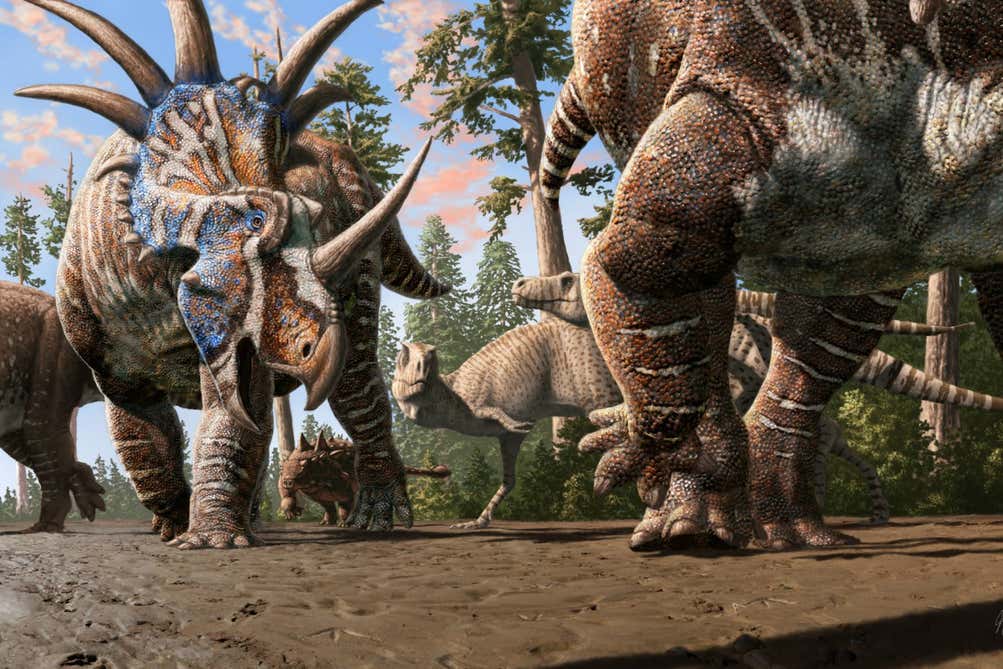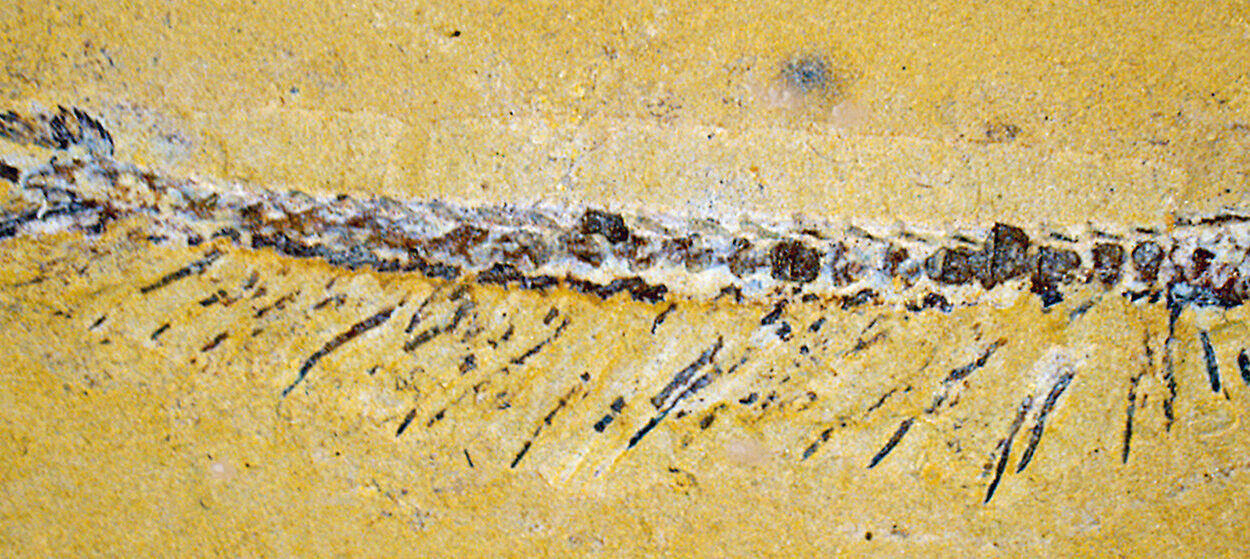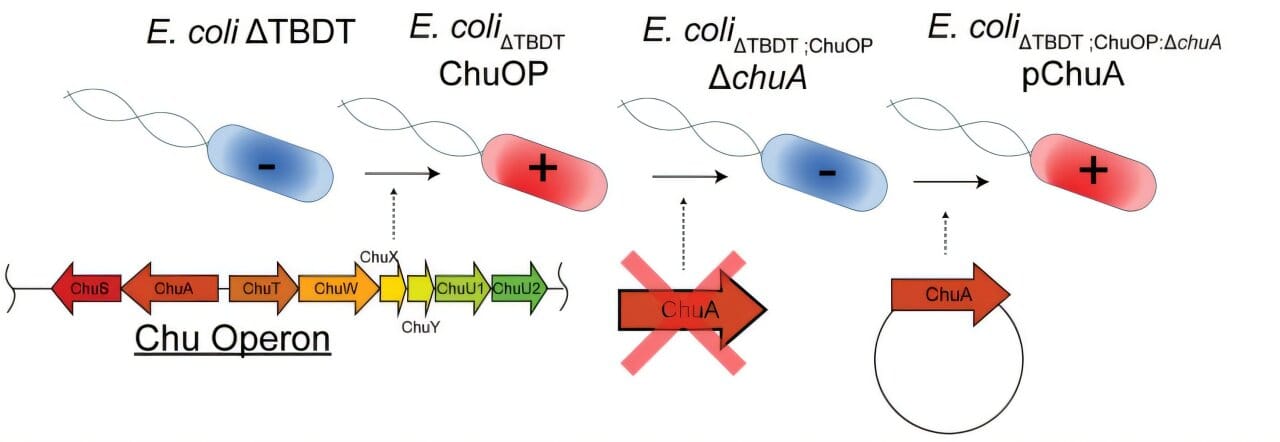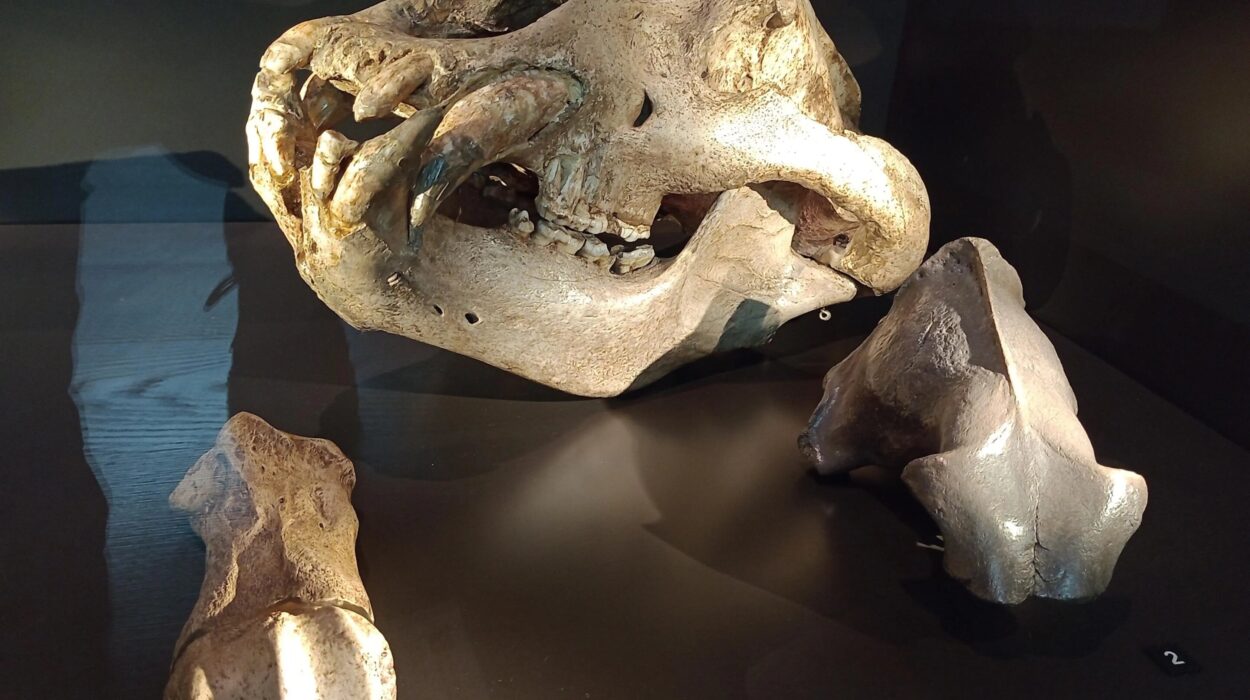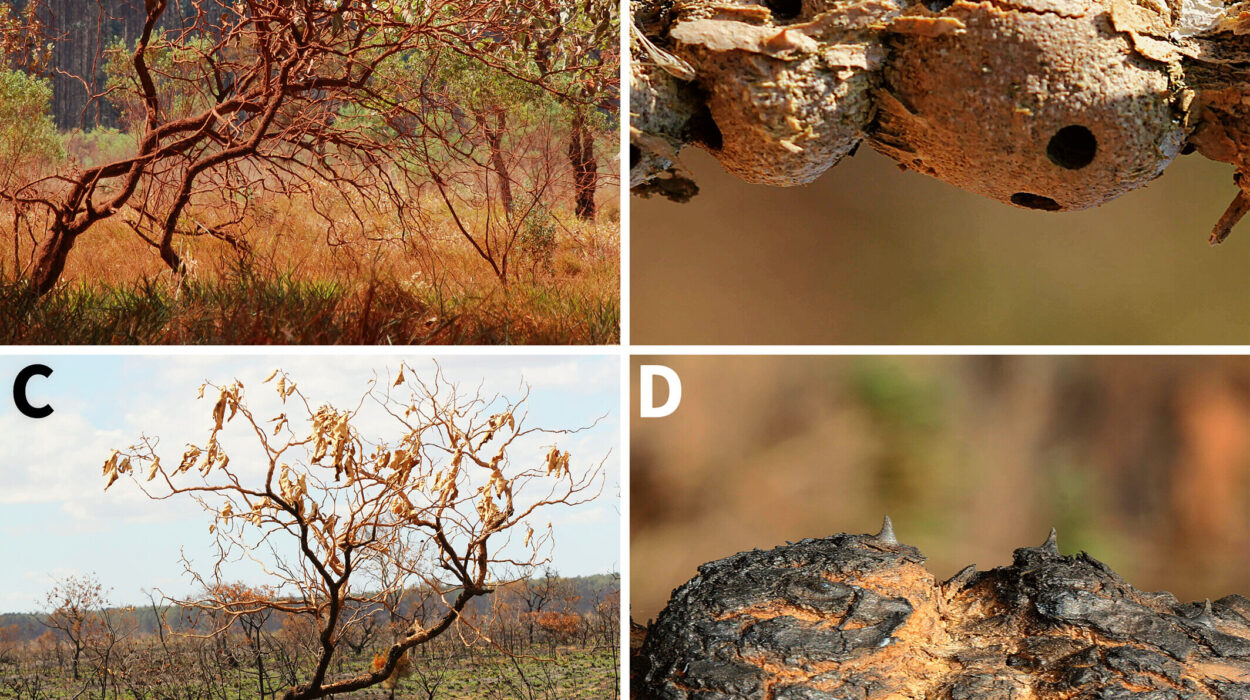A groundbreaking study led by an international team of researchers, including faculty from Binghamton University, State University of New York, sheds new light on the evolutionary history of Neanderthals and their eventual extinction. The study focuses on the genetic diversity of Neanderthals and presents compelling evidence that these early humans underwent a dramatic loss of genetic variation throughout their evolution. This loss, which predates their extinction, may have played a crucial role in their disappearance.
The research, co-authored by Professor Rolf Quam and graduate student Brian Keeling from Binghamton University, examined the morphological diversity of the semicircular canals, structures in the inner ear responsible for balance. This innovative approach provides new insights into Neanderthal evolution by offering a measure of genetic diversity that is not dependent on ancient DNA, which can sometimes be degraded or difficult to obtain.
The Role of Semicircular Canals in Evolutionary Studies
The semicircular canals are small structures in the inner ear that play a key role in balance. These canals are fully developed at birth, and their formation is controlled by genetic factors. Because the structure of these canals is largely set at birth and remains consistent throughout an individual’s life, any variations in the shape or size of the canals are thought to reflect genetic differences. This makes them an ideal tool for studying evolutionary relationships between different populations and species, especially those like Neanderthals, where genetic material can be challenging to analyze.
According to Professor Quam, “The development of the inner ear structures is under very tight genetic control, since they are fully formed at the time of birth. This makes variation in the semicircular canals an ideal proxy for studying evolutionary relationships between species in the past, as any differences between fossil specimens reflect underlying genetic differences.”
The study compared fossil samples from a variety of Neanderthal populations, including the Atapuerca fossils from Spain, the Krapina fossils from Croatia, and additional specimens from other European and Western Asian sites. The Atapuerca fossils, dated to approximately 400,000 years ago, represent some of the earliest known ancestors of the Neanderthals, sometimes referred to as “pre-Neanderthals.” The Krapina site, which dates to around 130,000 years ago, contains one of the most complete collections of early Neanderthal fossils, providing valuable data for understanding their evolutionary development.
Loss of Genetic Variation and the Bottleneck Hypothesis
The findings of the study offer new perspectives on the genetic diversity of Neanderthals. The researchers measured the morphological diversity of the semicircular canals in the various Neanderthal fossil samples. These samples were compared with each other and with those of “classic” Neanderthals, who lived around 40,000 years ago. The results indicate that the morphological diversity of the semicircular canals in the later Neanderthal populations was significantly lower than in earlier populations like the pre-Neanderthals from Atapuerca and the early Neanderthals from Krapina.
This aligns with previous research that has shown a decline in genetic diversity in Neanderthals, particularly a drastic genetic bottleneck that occurred approximately 110,000 years ago. A genetic bottleneck refers to a sharp reduction in the size of a population, leading to a loss of genetic variation. The ancient DNA analysis has suggested that the bottleneck event occurred when the Neanderthal population shrank, possibly due to environmental stress, disease, or other factors that reduced the number of breeding individuals.
According to Brian Keeling, a graduate student involved in the study, “It is exciting to be included in this research project which relies on some of the latest cutting-edge methodologies in our field. As a student of human evolution, I am always amazed at research that pushes the boundaries of our knowledge.”
The study’s results provide strong support for the hypothesis that a genetic bottleneck played a role in the decline of Neanderthal populations. The reduction in morphological diversity observed between the Krapina sample and the classic Neanderthals offers clear evidence of a bottleneck event. This aligns well with ancient DNA data, which shows a sharp reduction in genetic diversity at approximately the same time.
Challenging the Origin of Neanderthals
While the study reinforces the idea of a genetic bottleneck occurring in the later stages of Neanderthal evolution, it also challenges the previously held assumption that the origin of the Neanderthal lineage itself was marked by a significant loss of genetic diversity. Traditionally, it was believed that the Neanderthal lineage experienced a bottleneck at its origin, which was seen as a contributing factor to the eventual extinction of the species. However, the new study suggests otherwise.
Alessandro Urciuoli, the lead author of the study, expressed surprise at the findings: “We were surprised to find that the pre-Neanderthals from the Sima de los Huesos exhibited a level of morphological diversity similar to that of the early Neanderthals from Krapina. This challenges the common assumption of a bottleneck event at the origin of the Neanderthal lineage.”
The Sima de los Huesos fossils, which date to about 430,000 years ago, represent one of the earliest stages of Neanderthal evolution. If the pre-Neanderthals from this site show a high level of morphological diversity, it suggests that the early Neanderthal population was more genetically diverse than previously thought, calling into question the idea of an initial bottleneck event.
Mercedes Conde-Valverde, a co-author of the study and director of the Cátedra de Otoacústica Evolutiva at HM Hospitales y la Universidad de Alcalá, emphasized the importance of the wide temporal and geographical range of the fossil samples in the study. She explained, “By including fossils from a wide geographical and temporal range, we were able to capture a comprehensive picture of Neanderthal evolution. The reduction in diversity observed between the Krapina sample and classic Neanderthals is especially striking and clear, providing strong evidence of a bottleneck event.”
Implications for Neanderthal Extinction
The study’s findings have important implications for our understanding of Neanderthal extinction. The loss of genetic variation observed in the later stages of Neanderthal evolution suggests that these populations may have been increasingly vulnerable to environmental pressures, disease, and competition with other hominins, such as modern humans. A decline in genetic diversity can lead to reduced adaptability, which might have contributed to the Neanderthals’ eventual disappearance.
The study also calls for a reconsideration of the factors that contributed to the extinction of Neanderthals. While genetic bottlenecks and environmental changes are likely to have played a role, the new research suggests that the origins of the Neanderthal lineage may not have been as dramatic as previously believed. This raises important questions about the evolutionary trajectory of Neanderthals and their relationship with other hominin species.
Conclusion
This groundbreaking study, combining cutting-edge techniques with fossil evidence, offers new insights into the genetic history of Neanderthals. By examining the morphological diversity of the semicircular canals, the researchers were able to gain a unique perspective on the genetic variation within Neanderthal populations. The results confirm the existence of a genetic bottleneck during the later stages of Neanderthal evolution but also challenge the assumption that their origin was marked by a significant loss of genetic diversity.
As the study continues to spark discussion and debate among researchers, it underscores the complexity of Neanderthal evolution and the need for more nuanced explanations for their rise and fall. The findings also remind us of the intricate nature of human evolution and the many factors that contribute to the survival and extinction of species. With further research and technological advancements, we may continue to uncover new facets of the Neanderthal story, helping to reshape our understanding of our ancient relatives.
Reference: Alessandro Urciuoli, Ignacio Martínez, Rolf Quam, Juan Luis Arsuaga, Brian A. Keeling, Julia Diez-Valero, Mercedes Conde-Valverde. Semicircular canals shed light on bottleneck events in the evolution of the Neanderthal clade. Nature Communications, 2025; 16 (1) DOI: 10.1038/s41467-025-56155-8

